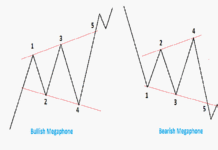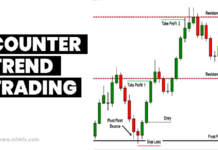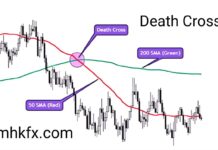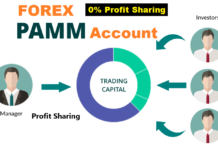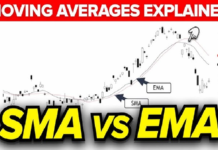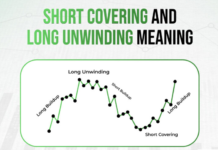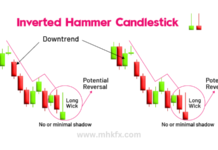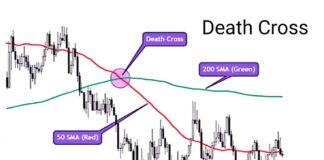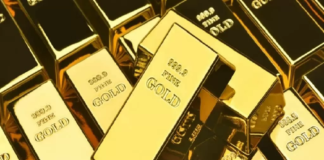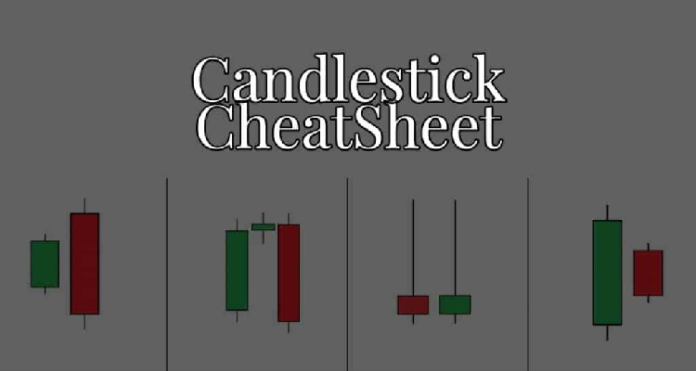
A Japanese candlestick cheat sheet provides traders with a concise reference guide to interpret the various candlestick patterns used in technical analysis. These patterns, derived from centuries-old Japanese rice trading techniques, offer insights into market sentiment and potential price movements. For instance, a Doji signifies indecision, while Marubozu candles indicate strong buying or selling pressure. Patterns like the Hammer and Hanging Man suggest potential reversals, with their long shadows revealing shifts in momentum. Engulfing patterns, Morning and Evening Stars, as well as Dark Cloud Cover and Piercing Patterns, offer signals of potential trend changes. By understanding these candlestick formations and their implications, traders can make more informed decisions about when to enter or exit trades, enhancing their overall trading strategy. However, it’s crucial to remember that candlestick analysis is most effective when combined with other technical indicators and fundamental analysis for comprehensive market analysis and risk management. Here’s a basic cheat sheet for Japanese candlestick patterns:
Doji: Represents indecision, where the opening and closing prices are very close or equal. It indicates potential reversals or market indecision.
Marubozu: A long-bodied candlestick with no shadows, indicating strong buying or selling pressure. There are two types:
White Marubozu: The opening price is the low and the closing price is the high, indicating strong bullish sentiment.
Black Marubozu: The opening price is the high and the closing price is the low, indicating strong bearish sentiment.
Hammer: A candlestick with a small body and a long lower shadow, occurring after a decline. It suggests potential bullish reversal.
Hanging Man: Similar to a hammer but occurs at the top of an uptrend, indicating potential bearish reversal.
Shooting Star: A candlestick with a small body and a long upper shadow, occurring at the top of an uptrend. It suggests potential bearish reversal.
Inverted Hammer: Similar to a hammer but occurs at the bottom of a downtrend, indicating potential bullish reversal.
Engulfing Pattern: A bullish engulfing pattern occurs when a small black candlestick is followed by a large white candlestick that completely engulfs the previous candlestick’s body. A bearish engulfing pattern is the opposite, with a large black candlestick followed by a larger white candlestick.
Morning Star: A bullish reversal pattern consisting of three candlesticks: a long bearish candlestick, followed by a small-bodied candlestick with a lower low and higher high (the star), followed by a long bullish candlestick.
Evening Star: A bearish reversal pattern consisting of three candlesticks: a long bullish candlestick, followed by a small-bodied candlestick with a higher high and lower low (the star), followed by a long bearish candlestick.
Dark Cloud Cover: A bearish reversal pattern that occurs after an uptrend. It consists of a large white candlestick followed by a black candlestick that opens above the previous close and closes below the midpoint of the previous candlestick’s body.
Piercing Pattern: A bullish reversal pattern that occurs after a downtrend. It consists of a black candlestick followed by a white candlestick that opens below the previous close and closes above the midpoint of the previous candlestick’s body.
Remember that these patterns are best used in conjunction with other technical analysis tools and indicators for more accurate predictions.

